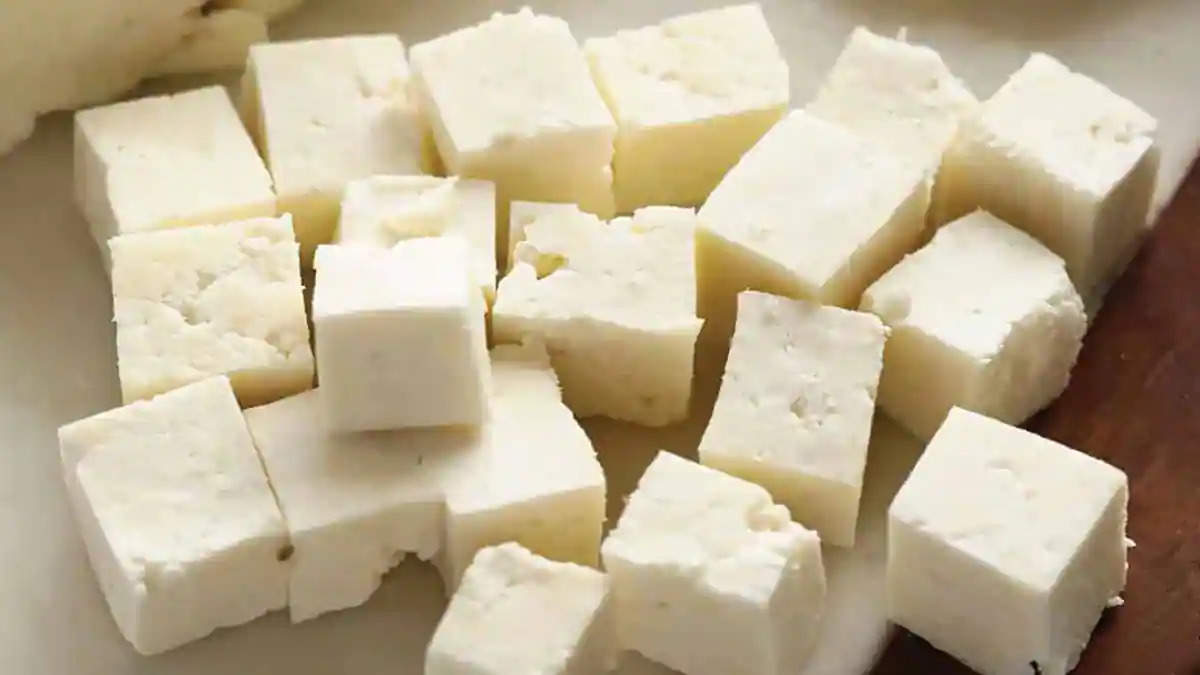Ways to identify fake paneer at home
Officials seized 1300 kg of fake paneer and promptly disposed of it
Paneer is frequently recommended as a nutritious choice for vegetarians due to its high levels of protein, vitamins, and essential nutrients, which play a significant role in meeting daily nutritional needs. What steps should be taken if the store-bought paneer is found to be fake and contaminated?
In a recent occurrence, officials seized 1300 kg of fake paneer and promptly disposed of it along the Mumbai-Delhi Expressway in order to safeguard public health and safety. In May 2022, Mumbai police seized approximately 2000 kg of fake paneer from two factories.
Reports suggest that fake paneer is made by mixing milk powder and water, curdling the mixture with lime juice and acetic acid, and then adding palm oil for a smooth and glossy texture.The main issue is how to identify fake paneer when at home.
While the Food Safety and Standards Authority of India (FSSAI) has introduced several tests and measures to identify adulteration in milk and its products, there are specific ways you can evaluate the quality of store-bought paneer in your own home. Here are some helpful tips and techniques to keep in mind:
Test with your hands
Press a piece of paneer gently with your clean hands. Adulterated paneer, usually made with skimmed milk, will not hold its shape and will easily break apart when pressed.
Use iodine solution
To check if paneer is real or fake, you can use iodine tincture. Boil the paneer in water, let it cool, and then add a few drops of iodine tincture. If the color changes to blue, it means the paneer is synthetic.
Use arhar dal
To perform this test, boil the paneer in water, allow it to cool, then mix in tur dal powder and let it sit for 10 minutes. If the paneer's color turns light red, it could indicate the presence of detergent or urea contamination.
Taste test
Before buying paneer, especially from open counters, it's wise to taste a small piece first. If the paneer feels chewy, it's probably artificial. Also, if it tastes overly sour, there might be a concern of adulteration with detergent or other inferior ingredients.
Use soybean powder
Boil paneer in water, let it cool, then add soybean powder. If the paneer's color turns light red, it suggests possible contamination with detergent or urea.
In early 2021, FSSAI released guidelines for testing milk adulteration at home. According to these guidelines, to detect water adulteration in milk, place a drop of milk on a smooth, angled surface. If the drop flows slowly and leaves a white trail, the milk is likely pure. However, if the drop flows quickly without leaving a trace, it may be adulterated with water.
Source- Click Here
To join us on Facebook Click Here and Subscribe to UdaipurTimes Broadcast channels on GoogleNews | Telegram | Signal



